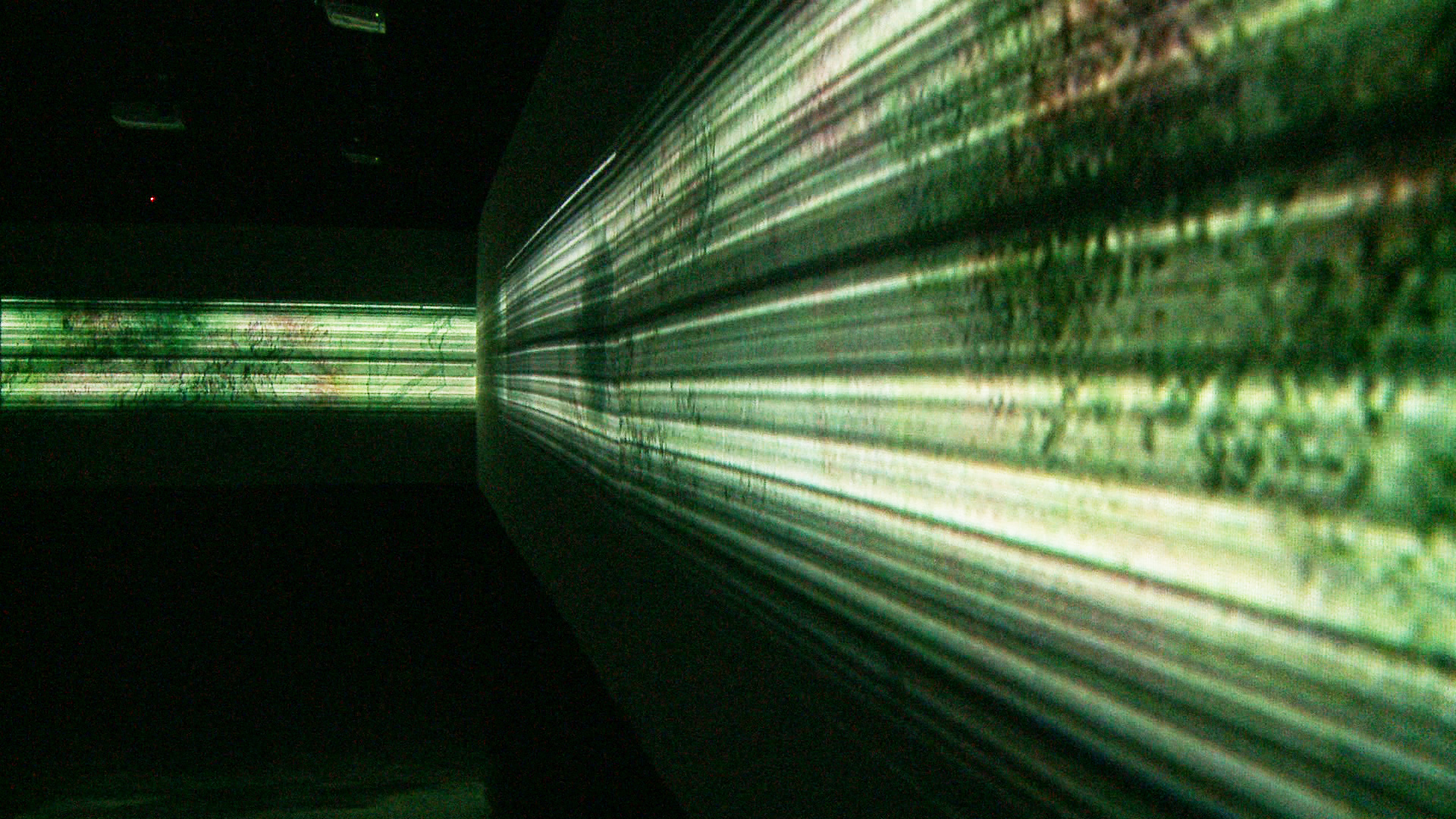
The Spatial Cinema Studio, organized by Gray Area and Recombinant Media Labs, convenes cohorts of multimedia artists pushing the parameters of narrative form to craft new audiovisual compositions for the RML CineChamber, a 360-degree cinematic environment that has pioneered provocative immersive media for nearly three decades.
Selected project proposals explore the expressive potential of new media technologies, from mixed reality and virtual worldbuilding to artificial intelligence, and how their transformations in a multi-sensory spatial context can manifest novel ways of telling and experiencing stories. These works adapt dynamic structures enabling contoured modes for divergent, concurrent narratives that articulate a fresher, multifaceted emphasis on story building architectures. Following an iterative development approach through workshops and technical support, the studio's cohort will showcase their final compositions-in-progress with public performances and screenings in the CineChamber apparatus.









